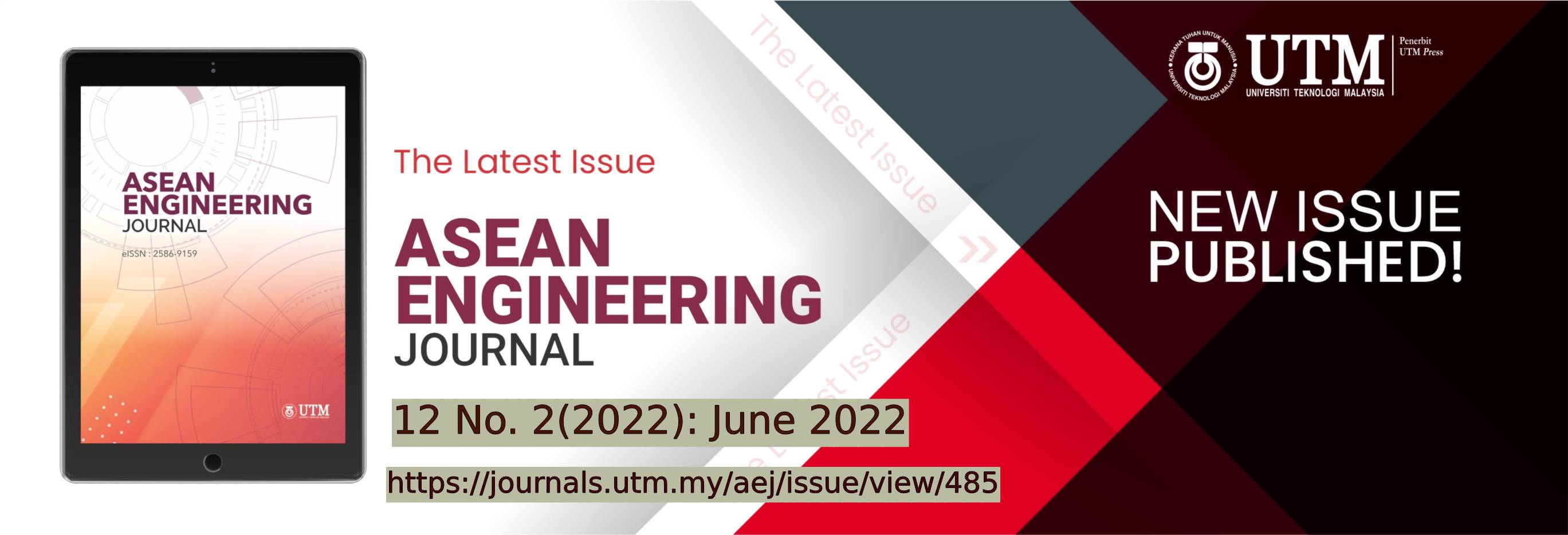EFFECTIVE CRITERIA FOR SELECTING DELAY ANALYSIS METHODOLOGIES FOR CONSTRUCTION PROJECT IN ABU DHABI
DOI:
https://doi.org/10.11113/aej.v12.17117Keywords:
Claim, Delay Analysis method, Extension of Time, Thematic AnalysisAbstract
This paper examines the effective criteria to determine the capable delay analysis methodologies by the contractors for the construction’s claim in Abu Dhabi. The previous research was argued that 50% of the construction projects in UAE encounter delays and are not completed on time. Selecting the delay analysis methodology is a significant part of the claim process. Numerous delay analysis techniques used in the UAE, and constitute several factors. Thus, the selection practice is more significant to identify the delays. Contractor’s analyst consumed exaggerated time and effort to show their right using delay analysis methodologies (DAMs) and submit this as an extension of time claim, demanding to make the most of their benefits. The aim of this study contains exploring the selection of the delay analysis methodologies by the contractors for the construction’s claim in Abu Dhabi. In this regard, five case studies were selected on the basis that they represent examples for application of the delay analysis methods and techniques for the residential building. The respondents were selected from five projects and the interviews were held with the Contractor of each project. The collected Qualitative Data was analysed manually by using Thematic Analysis. The study found that the effective criteria for determining the delay analysis methodologies lie in its acceptance in court and as per contractual requirements. Furthermore, the factors influence the selection of the effective criteria for determining the delay analysis methodologies are the acceptance of the selected delay analysis method /technique, realistic results and accuracy of the delay analysis method /technique. However, the findings from this study become more important, if more studies are conducted to extend the exploring of the different delay analysis methodologies used by the contractors for the construction’s claim for wide range of projects in Abu Dhabi.
References
Chen, Y., Wang, W., Zhang, S. and You, J., 2018. Understanding the multiple functions of construction contracts: the anatomy of FIDIC model contracts. Construction management and economics, 36(8): 472-485. DOI: https://doi.org/10.1080/01446193.2018.1449955
Braimah, N., 2013. Construction Delay Analysis Techniques—A Review of Application Issues and Improvement Needs. Buildings, 3(3): 506-531 DOI : https://doi.org/10.3390/buildings3030506
Yusuwan, N. M. and Adnan, H. (2013). Assessing Extension of Time Application in Malaysian Construction Industry: Views from professionals. Social and Behavioural Sciences. 105: 54-63. DOI : https://doi.org/10.1016/j.sbspro.2013.11.007
Çevikbaş, M. and Işık, Z., 2021. An Overarching Review on Delay Analyses in Construction Projects. Buildings, 11(3): 109. DOI: https://doi.org/10.3390/buildings11030109
Keane, P.J. and Caletka, A.F., 2015. Delay analysis in construction contracts. Oxford, UK: Wiley Blackwell. DOI: https://doi.org/10.1002/9781118631102
Parry, A., 2015. The improvement of delay analysis in the UK construction industry. University of Northumbria at Newcastle (United Kingdom).
Braimah, N., 2013. Construction Delay Analysis Techniques—A Review of Application Issues and Improvement Needs. Buildings, 3(3): 506-531. [Online]. Available: https://www.mdpi.com/2075-5309/3/3/506. DOI: https://doi.org/10.3390/buildings3030506
Hafez, S.M., Master of Engineering Report. August 2013 Simple Delay Analysis Methodologies Selection Advisor for Construction Practitioners (DAMSA). [Online]. Available: https://www.ijern.com/journal/August-2013/41.pdf
Shadid, M.S.R., 2015. Construction Claims Management in United Arab Emirates Construction Industry (Master's thesis, Eastern Mediterranean University (EMU)-Doğu Akdeniz Üniversitesi (DAÜ)).
Hegazy, S., 2012. Delay analysis methodology in UAE construction projects. PM World Journal, 1(2): 1-17. [Online]. Available: https://pmworldlibrary.net/wp content/uploads/2013/02/PMWJ2-Sep2012-HEGAZY-DelayAnalysisMethodologyinUAEconstruction-SecondEdition1.pdf
Rahhal, A.Y., 2013. Entitlement to Extension of Time in cases of Concurrent Delays under the UAE Law (Doctoral dissertation, The British University in Dubai (BUiD)). [Online]. Available: https://bspace.buid.ac.ae/handle/1234/363
Marican, M.S.B.I., 2014. The Effect of Article 390 (2) Of the UAE Civil Code On Liquidated Damages Claims In The UAE Construction Industry (Doctoral Dissertation, The British University In Dubai (BUiD). [Online]. Available: https://bspace.buid.ac.ae/handle/1234/643(Access Date: 28 July 2021)
Gustafsson, J., 2017. Single case studies vs. multiple case studies: A comparative study.
Rubin, R.A., 2016. Review of Construction Schedule Delays by W. Stephen Dale and Robert M. D’Onofrio.[Online].Available:https://ascelibrary.org/doi/full/10.1061/(ASCE)LA.1943-4170.0000183 (Access Date: 28 July 2021)
Maguire, M. and Delahunt, B., 2017. Doing a thematic analysis: A practical, step-by-step guide for learning and teaching scholars. All Ireland Journal of Higher Education, 9(3): 4-12 [Online]. Available: https://ojs.aishe.org/index.php/aishe-j/article/view/335
Braun, V. and Clarke, V., 2012. Thematic analysis. [Online]. Available: https://psycnet.apa.org/record/2011-23864-004(Access Date: 28July 2021)
Clarke, V. and Braun, V., 2013. Teaching thematic analysis: Overcoming challenges and developing strategies for effective learning. The psychologist, 26(2): 3-4.
Krishna, G., 2021. Understanding and identifying barriers to electric vehicle adoption through thematic analysis. Transportation Research Interdisciplinary Perspectives, 10: 100364. DOI: https://doi.org/10.1016/j.trip.2021.100364
Kiger, M.E. and Varpio, L., 2020. Thematic analysis of qualitative data: AMEE Guide No. 131. Medical teacher, 42(8): 846-854. DOI: https://doi.org/10.1080/0142159X.2020.1755030
Vaismoradi, M., Jones, J., Turunen, H. and Snelgrove, S., 2016. Theme development in qualitative content analysis and thematic analysis. Journal of Nursing Education and Practice, 6(5):1-4 DOI:https://doi.org/10.5430/jnep.v6n5p100
















